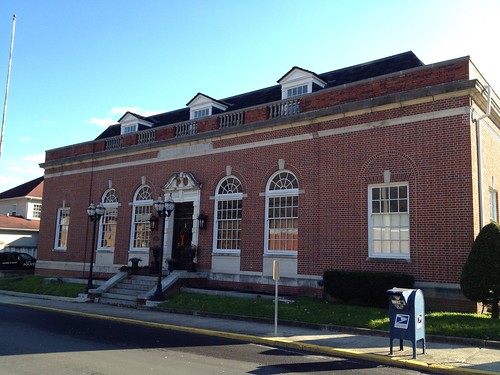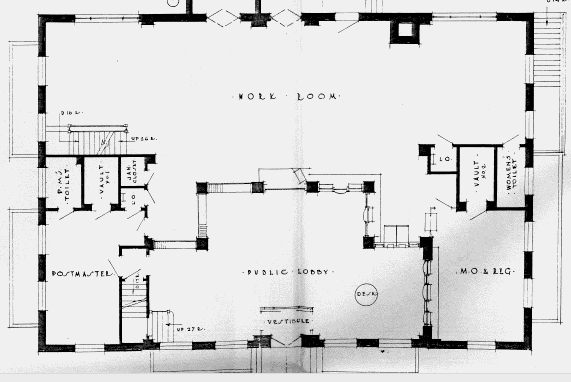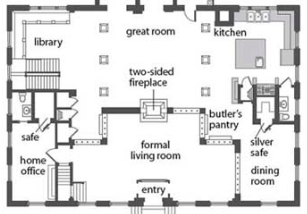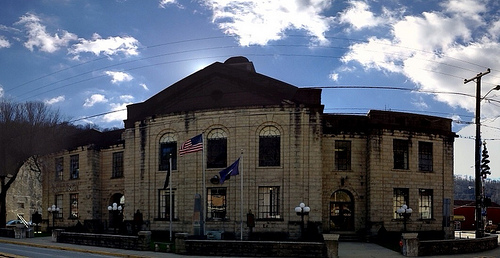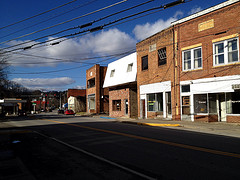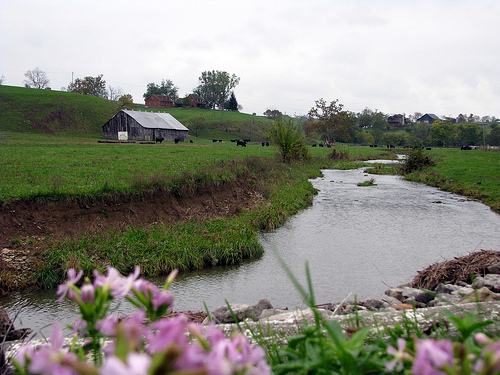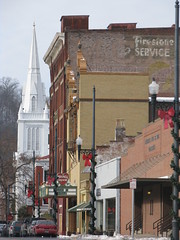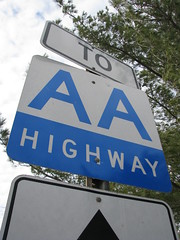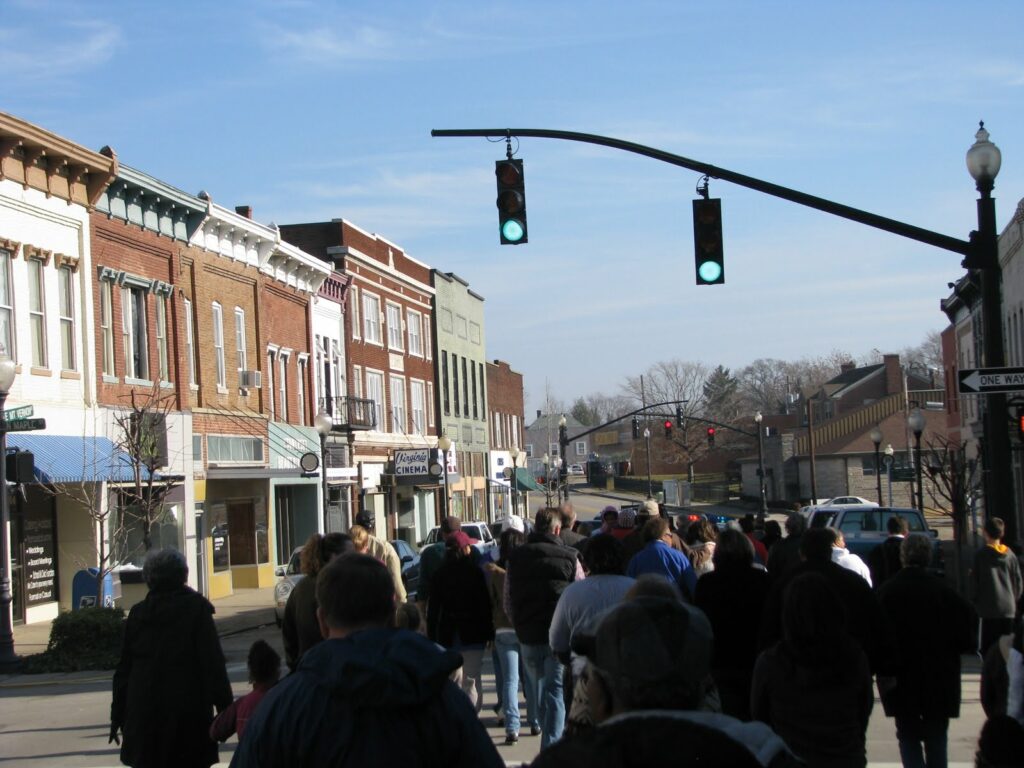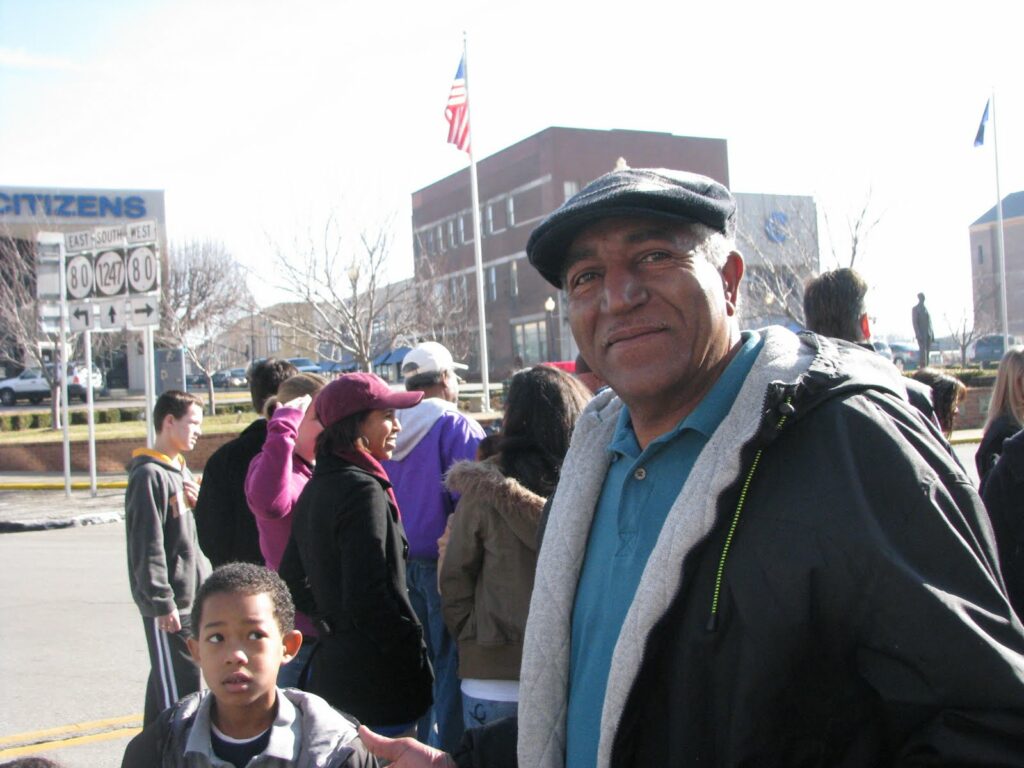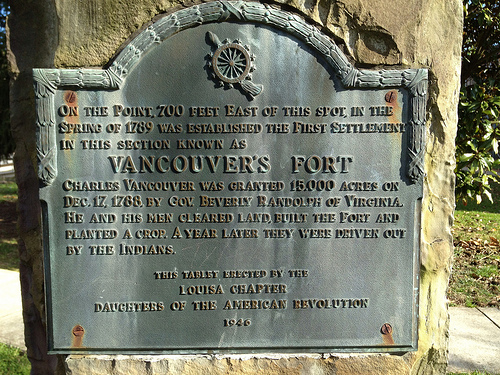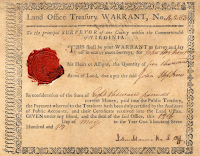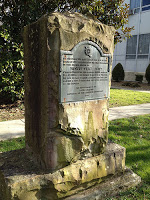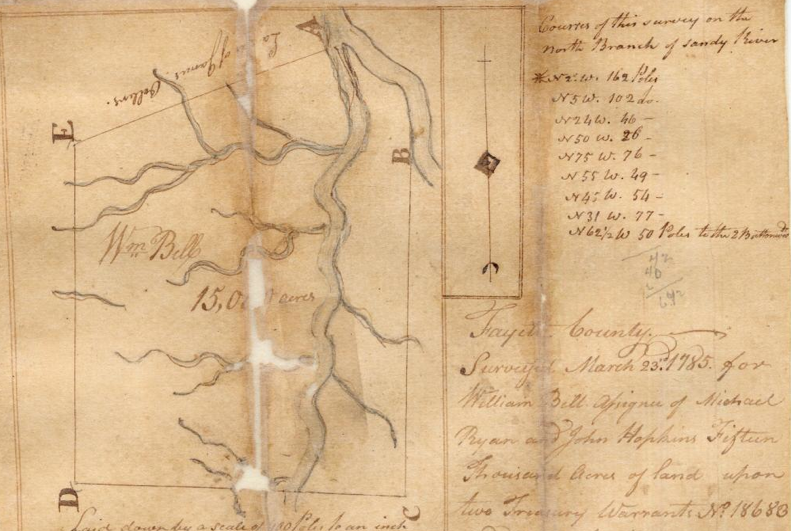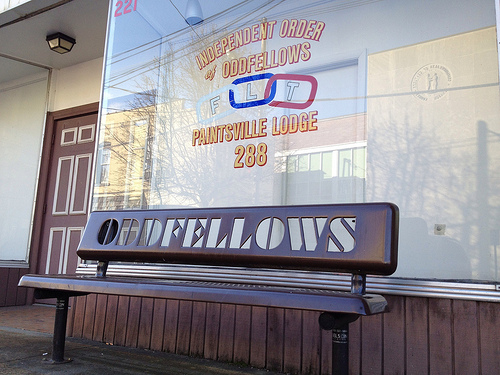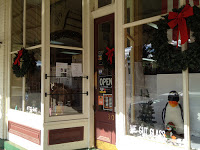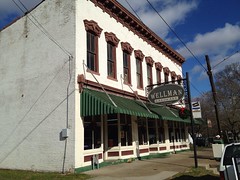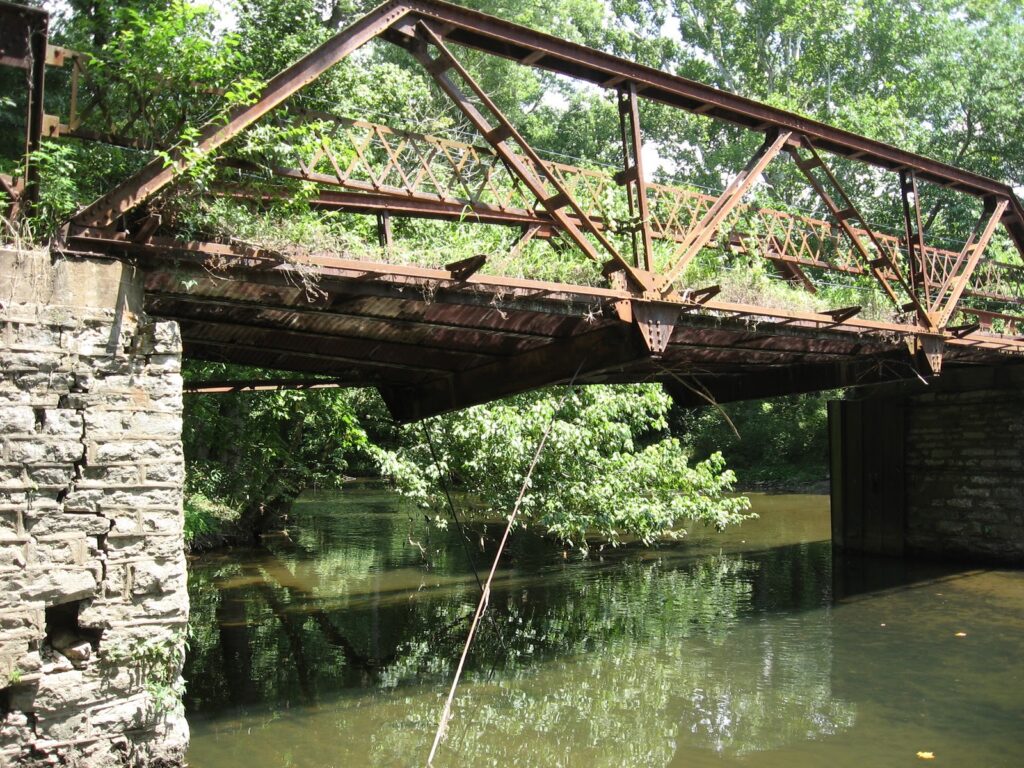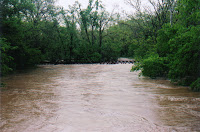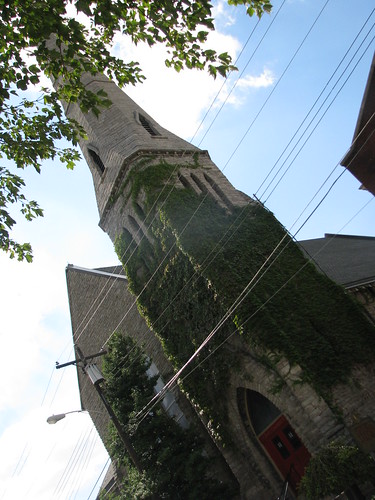 |
| St. Paul’s Episcopal Church – Newport, Ky. |
In his final years, Colonel James Taylor donated a piece of land for the establishment of a church near the courthouse square in Newport, Kentucky. Taylor brought the first settlers in 1793 to the southeastern point of the confluence of the Licking and Ohio Rivers. By 1795, Newport was incorporated.
On the land donated by Taylor was a 30 x 40 foot brick structure that had been used by the Methodist Church, but they had already moved on to a larger structure. It was here that on Easter Sunday, 1844, that the St. Paul’s Episcopal Church first held services. Services were led by the then-rector of Cincinnati, Rev. Nicholas Hamner Cobbs. Also of note is that St. Paul’s was the first Episcopal church in the United States to have a vested choir.
The old Methodist meeting house was purchased later in 1844 for the sum of $500. In 1845, the church was admitted into the Episcopal Diocese of Kentucky and was transferred to the Diocese of Lexington when the new diocese was formed in 1896. At that time, the St. Paul’s Episcopal Church congregation was the largest in the newly formed diocese.
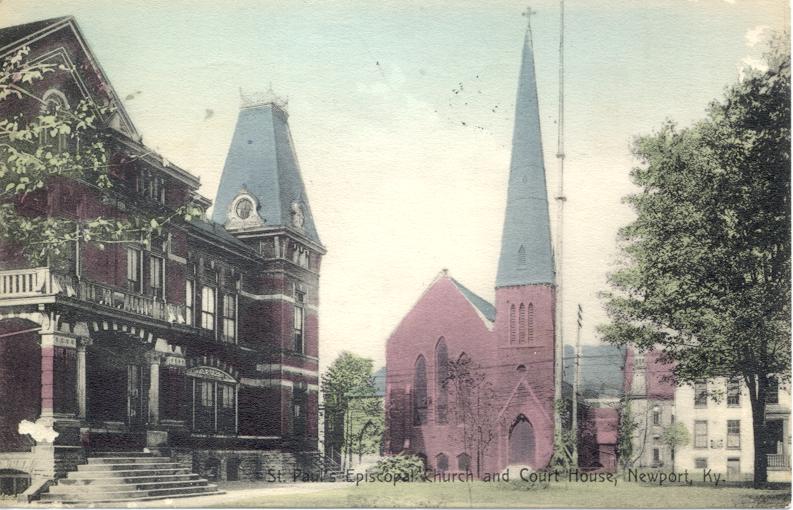 |
| Postcard of Campbell County Courthouse Square and St. Paul’s Episcopal Church (Courtesy: NKyViews) |
In 1871, the Methodist meeting house was demolished and on the same site the cornerstone was laid for the present Gothic Revival church building. It was designed by J. R. Neff and was completed – well over budget – in August 1873. A parish house was added in 1929.
The Gothic Revival church is quite impressive. Its tall steeple, unlike the majority which are either pre-made or constructed with panels, was built stone-by-stone. The Gothic elements embody the popular Anglican architectural style prevalent in the 19th century: side entrance tower, buttresses, tri-window arrangement on the front and usage of the lancet window. In truth, the style has come to represent a “traditional look” for churches in America.
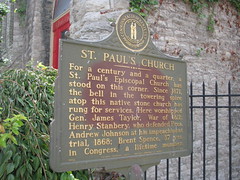 |
| Historic Marker “St. Paul’s Church” |
About forty years ago, St. Paul’s found itself unable to be self-sustaining due to dropping attendance and offerings. As a result, the diocese dropped St. Paul’s designation from parish to mission. Though once the largest parish in the diocese, St. Paul’s was relegated to a diminished status. But the faithful people of the mission were steadfast. Since the installation of a new rector in 2004, St. Paul’s has seen tremendous growth and only recently regained its status as a parish in the Episcopal Diocese of Lexington.
Those who have worshipped here included Taylor and his family, Rep. Brent Spence, and Henry Stanberry who represented President Andrew Johnson during his impeachment trial.
Sources: Cinncinnati.com; Cinn. Dly Cmlth (Taylor St. Meth.); Ky. Enc.; N. Ky. Enc.; N. Ky. Views; NRHP

